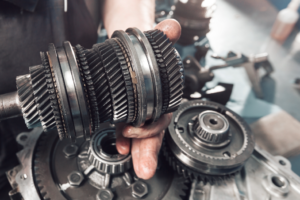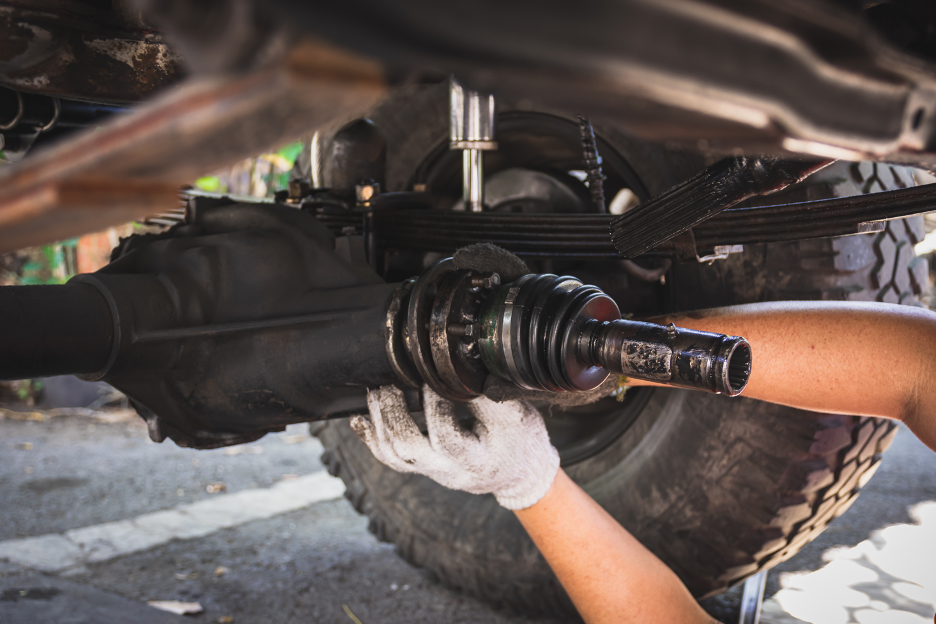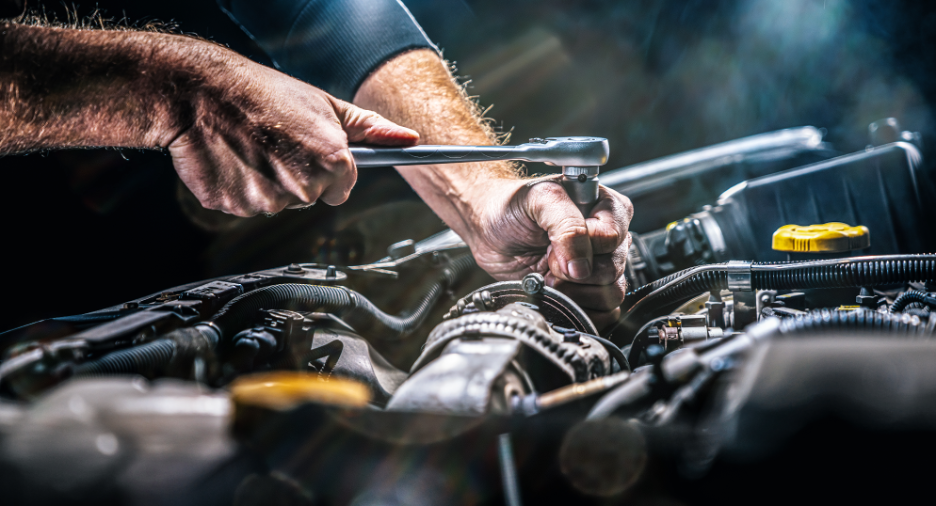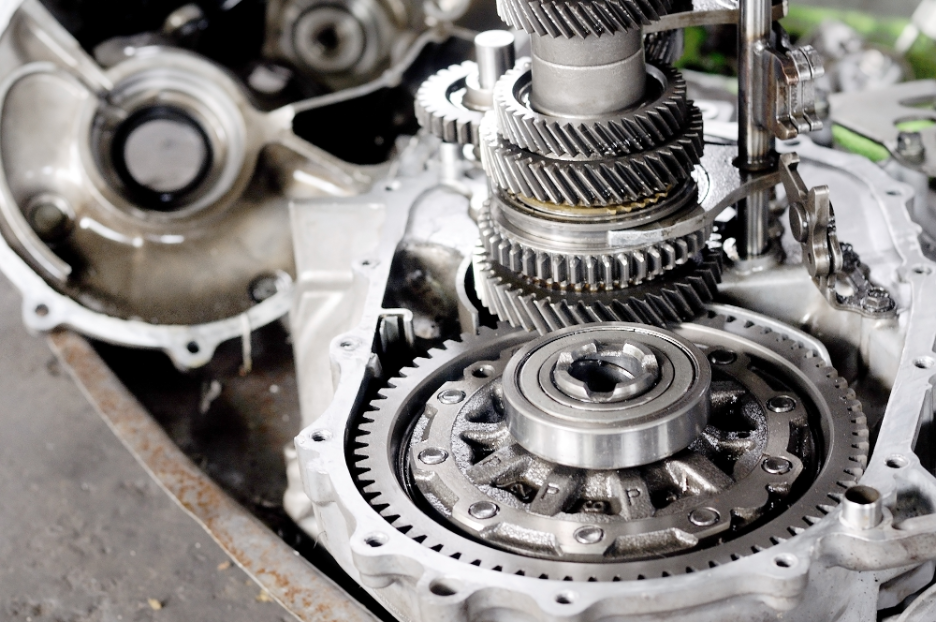 The transmission is a complex entity consisting of a number of different components. If any of these components were to suffer damage, the transmission at large would struggle to perform as intended. As such, if you own an automobile, it’s a good idea to gain a baseline understanding of these components.
The transmission is a complex entity consisting of a number of different components. If any of these components were to suffer damage, the transmission at large would struggle to perform as intended. As such, if you own an automobile, it’s a good idea to gain a baseline understanding of these components.
Are you looking for information on the many components of a transmission? Then read below. This Chicago transmission repair company has all the information you’ll need to know.
Gears
Without gears, the transmission isn’t much of a transmission at all. The gears are responsible for shifting into different configurations, accommodating different speeds as the vehicle accelerates or decelerates.
They work by rotating around a singular center gear. This gear acts as the sun, while the surrounding gears act as planets, so to speak. For this reason, the gears are often referred to as a planetary gear set.
The way in which the gears are triggered is dependent on the type of transmission you’re using. If you’re using an automatic transmission, the gears will shift into place on their own. If you’re using a manual transmission, you will have to shift the gears yourself.
Hydraulic System
The hydraulic system is responsible for pushing transmission fluid to different components within the transmission. In doing so, it keeps the transmission lubricated, ensuring that it runs as efficiently as possible at all times.
Consisting of a series of intricate tubes, the hydraulic system also serves to keep the transmission cool. If the hydraulic system goes bad, the transmission could overheat, causing the vehicle to shut down entirely.
Torque Converter
When it comes to automatic transmissions (by far the most common), torque converters are vital. These components receive power from the engine and then transfer it to the axles, allowing the vehicle’s wheels to turn as needed.
The torque converter itself consists of three sub-components. These components include the impeller, the stator, and the turbine. The impeller is responsible for pushing fluid through the transmission via rotation. The stator remains stationary, allowing other components to rotate around it. The turbine works in tandem with the impeller to provide power to the axles.
Computer
Old transmissions are computer-free. However, essentially every modern transmission possesses a computer component that helps the various parts communicate with one another.
These computers assess a variety of information, including but not limited to accelerator position, vehicle speed, gear position, and brake pedal position. They then use these assessments to tell the rest of the transmission how to behave.
Some modern transmission computers even have the ability to remember a person’s driving habits. Because of this, they are able to improve their performance over time, increasing efficiency and allowing for a smoother ride overall.
Gaskets
There are a series of gaskets located throughout each transmission. These gaskets are responsible for securing transmission fluid and ensuring that leaks don’t occur. Generally speaking, transmissions have two gaskets. However, some models may possess more.
The most vital gasket is the oil pan gasket. This gasket seals the pan and the transmission. In most cases, it must be replaced every time a transmission fluid change occurs.
In Need of a Chicago Transmission Repair Company?
Is your transmission in need of repair? Are you in need of a Chicago transmission repair company, specifically? If so, King Transmission Company is ready to help.
Our team of skilled and seasoned mechanics has fixed countless transmissions in the Chicago area. Regardless of the make and model of your vehicle, we can accommodate you.
Contact us today to schedule an appointment!





